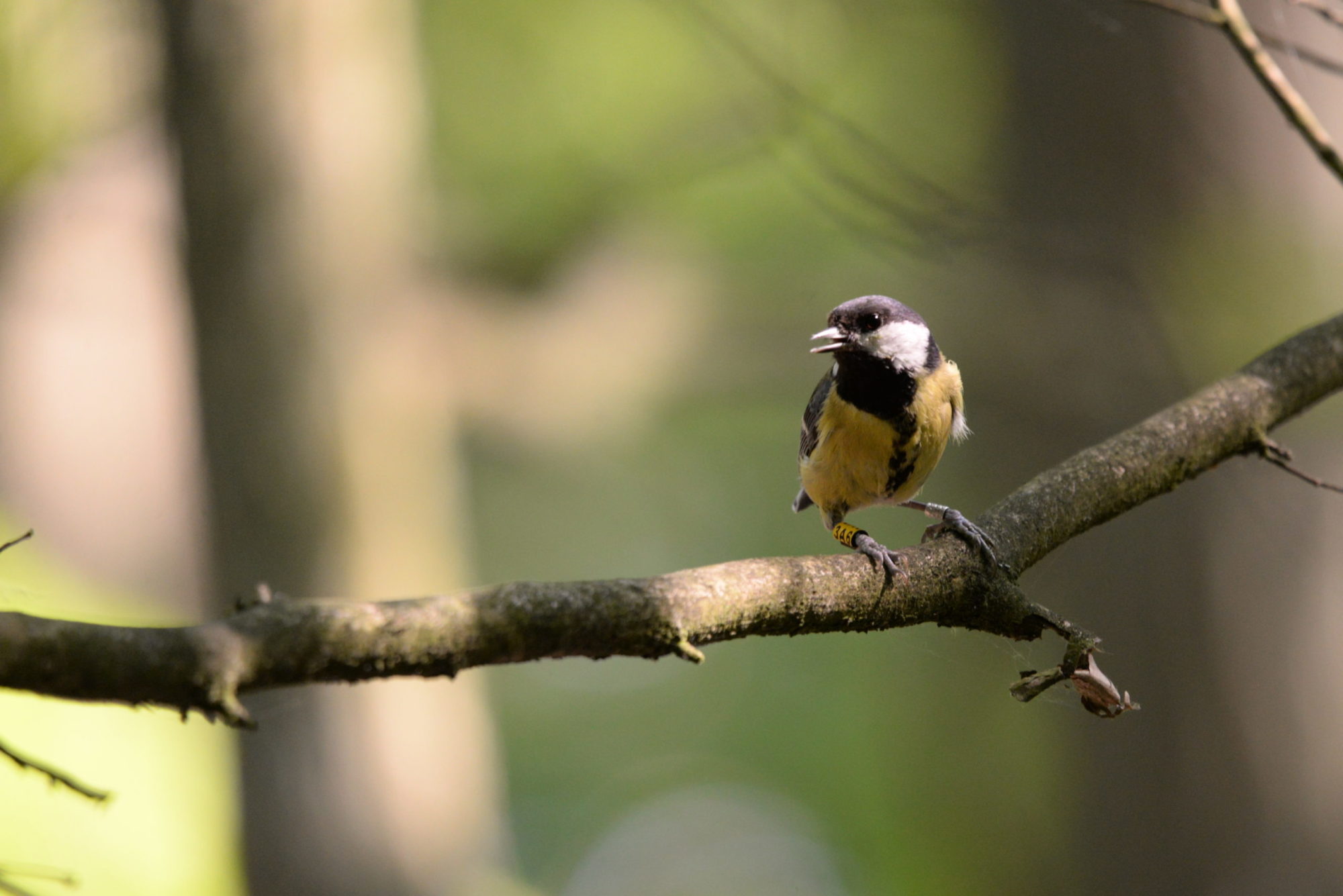Current projects
Impact of natural light on cavity-nesting birds
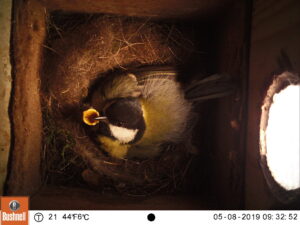
Diurnal birds breeding in dark tree holes and other cavities is a mystery of Nature. How do they manage to brood and feed chicks in a virtually absolute darkness? How does their offspring develop healthy in the conditions of light deficiency? Is breeding in cavities burdened with some physiological costs? Together with my PhD student, Paweł Podkowa, we try to answer the above questions using the Great Tit (Parus major) as a model species. Since 2015 we have been studying a population breeding in nest boxes supplied with plastic windows and cameras, which enable manipulation of internal illumination and monitoring birds’ behavior.
The role of eggshell coloration in sexual selection of Red-backed Shrike (Lanius collurio)
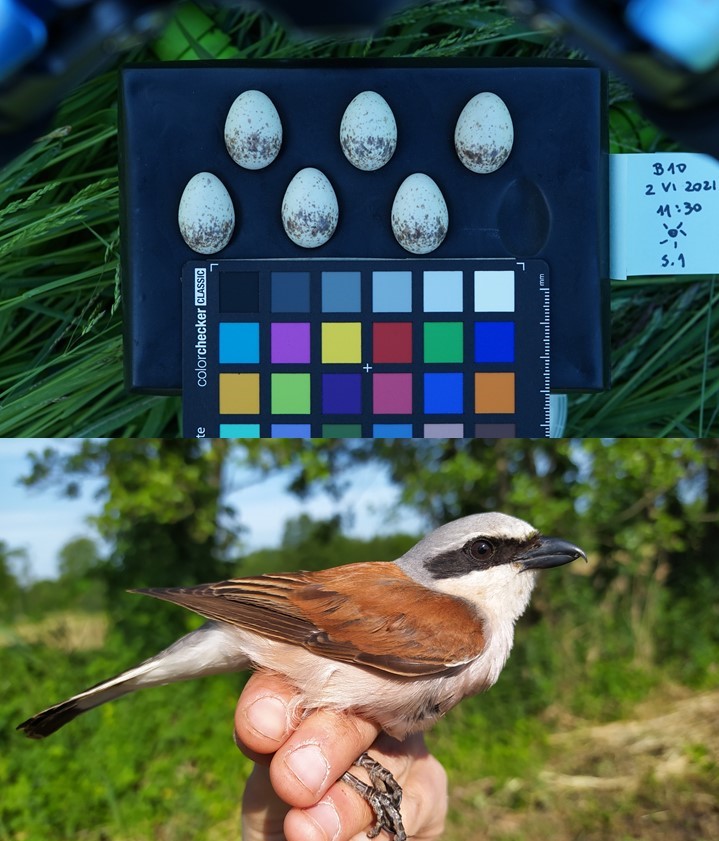
The project is led by my grad student, Klaudia Szala, and co-supervised by Marcin Tobółka from Poznań University of Life Sciences. Klaudia tests Sexually Selected Eggshell Coloration hypothesis using Red-backed Shrike as a model species. She quantifies and analyzes egg color using digital photography and micaToolbox software. Klaudia aims to find out whether eggshell color reflects nestlings’ or female’s condition and whether males adjust their parental care depending on coloration of eggs.
Signaling function of birds’ coloration
Avian colors had long been recognized as indicators of individual’s (mainly male’s) condition, which made them an ideal target of sexual selection. Together with my colleagues, I contributed to this area of research focusing mainly on carotenoid- and melanin-based plumage colors. We worked on various species and surveyed different aspects of their condition including body size, parasite load, rare elements acquisition and growth rate.
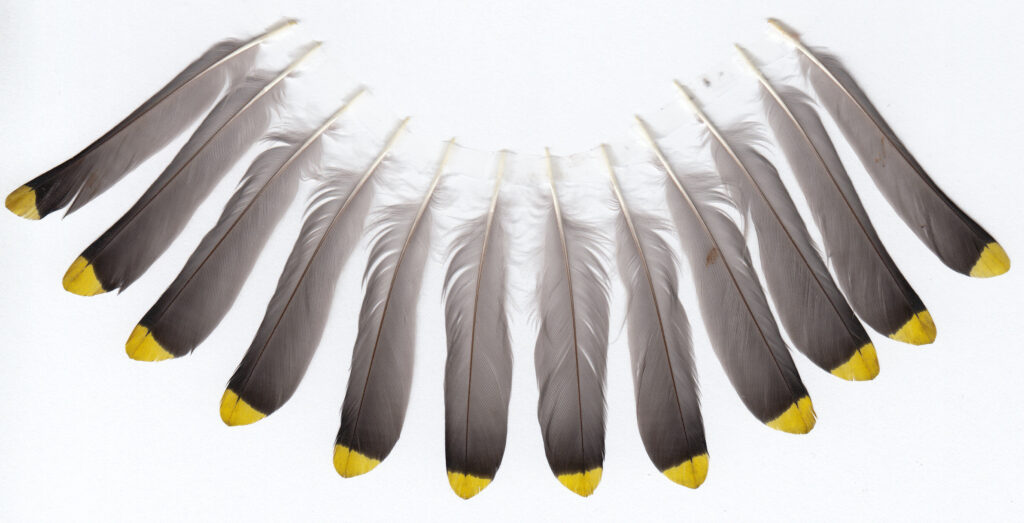
Past projects
The effect of external factors on plumage coloration
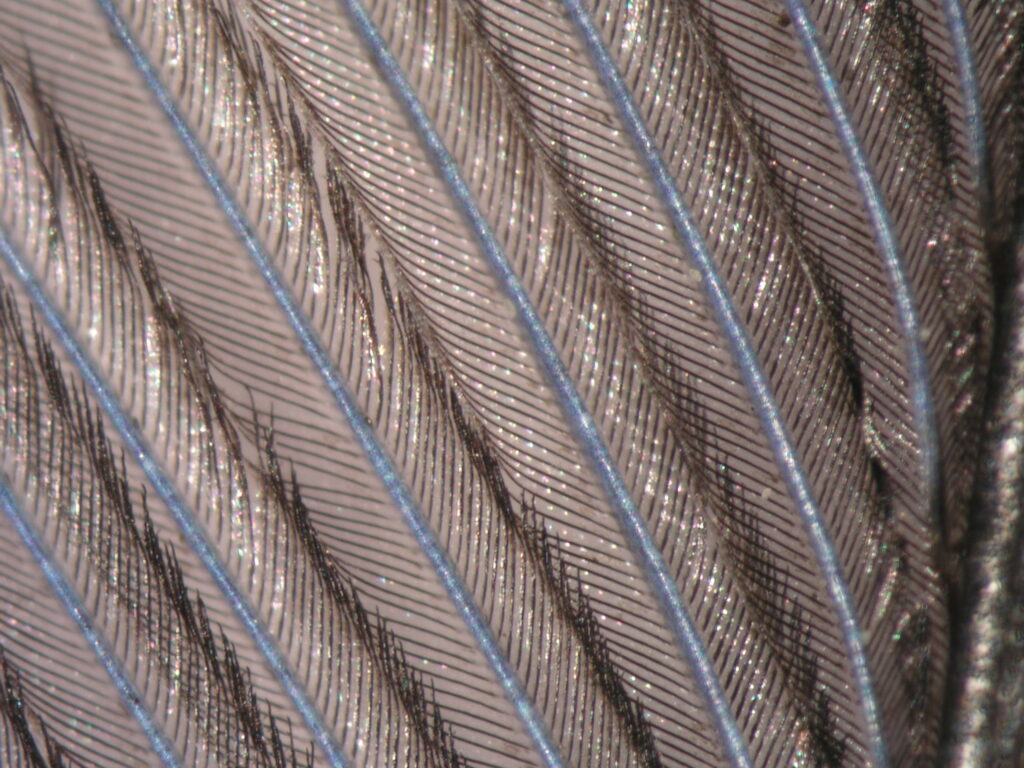
Avian’s plumage color is generally assumed to be a static signal. Indeed, pigment content or/and keratin microstructure, which are main mechanisms of plumage coloration, change only during successive moults. However, many external factors may also contribute to the color of fully grown feathers. Together with my collaborators, I performed a number of laboratory and field experiments to investigate the effect of dirt, preen oil, sunlight and mechanical abrasion on carotenoid, melanin and structural colors in different species.
Biology and ecology of Bearded Reedling
Bearded Reedling (Panurus biarmicus), also known as Bearded Tit, is a small reed dwelling passerine, with a unique life history traits, like early, long-term pair bonds, juvenile dichromatism, high offspring productivity (up to five broods per season) and rapid population changes. I studied various aspects of Bearded Reedling biology and ecology, including winter distribution, population dynamics and coloration. I mostly collaborated with Janusz Stępniewski, an excellent amateur ornithologist, who has studied Bearded Reedling population at Łoniewskie Lake since 1986.
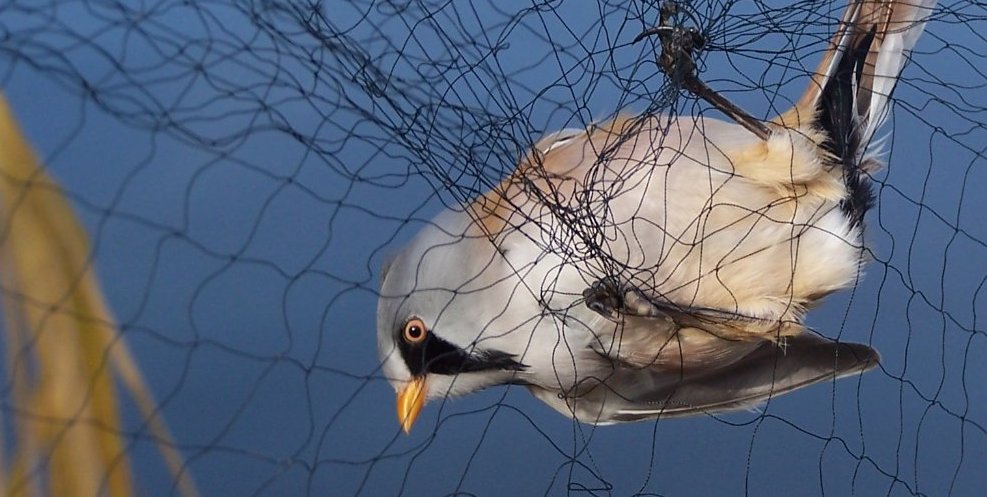
Birds of mid-field marsh patches

Wetland patches are typical feature of agricultural landscape of northern and western Poland. They constitute a refuge for many plant and animal species. I investigated how various features of these marginal habitats affect the richness and occurrence of bird species. I also studied the importance of the surrounding crops as a foraging ground for birds breeding in marsh patches.
